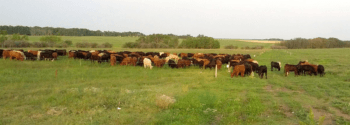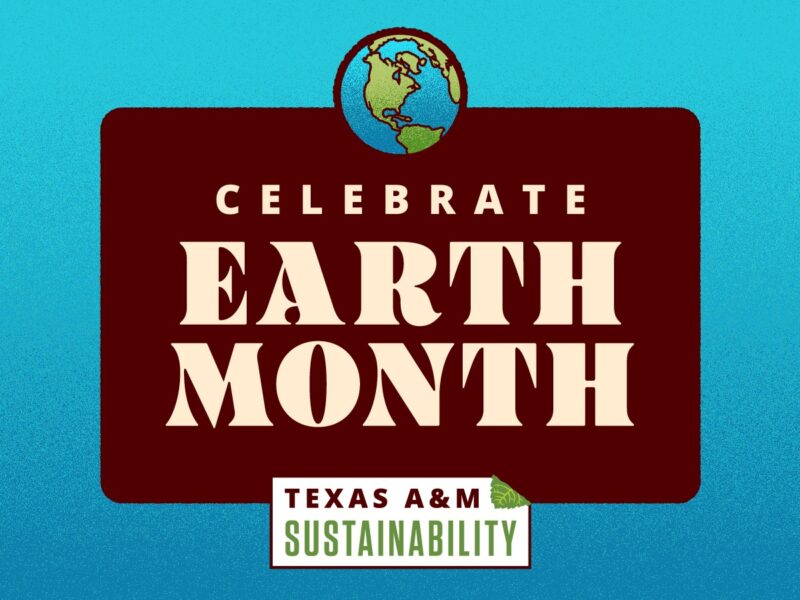New Grazing Practices May Lower Greenhouse Emissions

Reducing greenhouse gas emissions in the Southern Great Plains could require a change of grazing management by traditional cow-calf producers, according to a study by Texas A&M AgriLife Research.
Adaptive multi-paddock grazing is an advanced, more efficient form of rotational grazing and is a potential option to reduce net greenhouse gas emissions, or GHG, on a cow-calf operation in the Southern Great Plains.
This occurs because, compared to continuous grazing, adaptive multi-paddock grazing results in more carbon sequestration in the soil and produces a higher quality grass that reduces methane production, the study concluded.
The scientific journal, Sustainability, recently published the findings of the study “GHG Mitigation Potential of Different Grazing Strategies in the United States Southern Great Plains.”
The research team included Dr. Richard Teague and Dr. Seong Park, both with AgriLife Research, and Stan Bevers, Texas A&M AgriLife Extension Service, all in Vernon, and Dr. Tong Wang, formerly an AgriLife Research post-doctoral researcher now in the South Dakota State department of economics, Brookings, South Dakota.
Ruminants, particularly beef cattle, are perceived by many as a problem since they are a source of greenhouse gas due to the methane produced by rumen fermentation, Park said.
“We believe that conclusion is premature until full ecosystem analyses have outlined the net emissions by considering all emissions compared to carbon sequestration associated with different options in the beef production chain,” Teague said.
In this study funded in part by the Dixon Water Foundation, the team considered both GHG emissions and carbon sequestration to calculate net GHG emissions for cow-calf farms grazing only rangeland under different grazing strategies, Park said.
Unlike most published work that isolates the analyses of GHG emission and carbon sequestration, he said they used field-measured soil organic carbon data to estimate the carbon sequestrations for different grazing management systems.
“Contrary to other publications claiming cow-calf farms are the most significant GHG emission source in the beef production link, our results show that cow-calf farms converting to multi-paddock grazing in the Southern Great Plains region are likely net carbon sinks,” Park said. “The continuous grazing was less effective in sequestering carbon.”
Beef cattle production management practices in different regions vary greatly in terms of stocking rate, cow size, calving season, forage types and fertilizer use, Bevers said. Analyzing these criteria, the team determined the overall greenhouse gas emissions and main sources of those in the Southern Great Plains region differ from the rest of the U.S. and other countries.
While about one third of U.S. cow-calf only farms are located in the Southern Great Plains, no known net-emission life-cycle assessment study regarding cow-calf production on perennial pastures has been conducted until this one, Wang said.
In this study, the researchers calculated the carbon footprints for cow-calf farms under continuous and multi-paddock grazing strategies using life-cycle assessment modeling, which is a standard assessment of the environmental impacts associated with a wide range of agricultural systems using a “cradle-to-grave” approach.
Compared to the sector approach, which only includes emissions from direct farm activities, life-cycle assessment also includes indirect emissions generated by farm inputs and pre-chain activities, Wang said.
Continue reading in AgriLife Today.
This article by Kay Ledbetter originally appeared in Texas A&M AgriLife Today.





